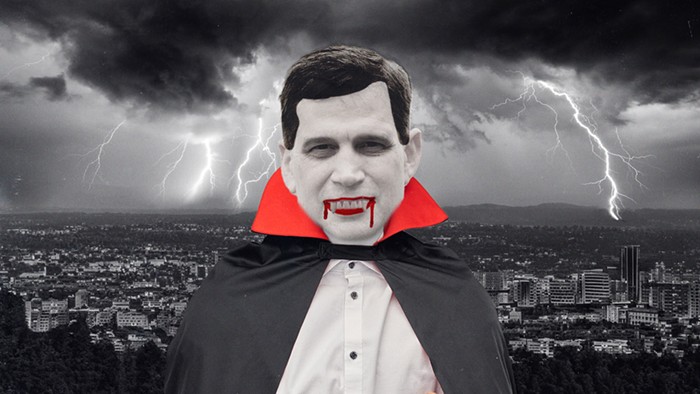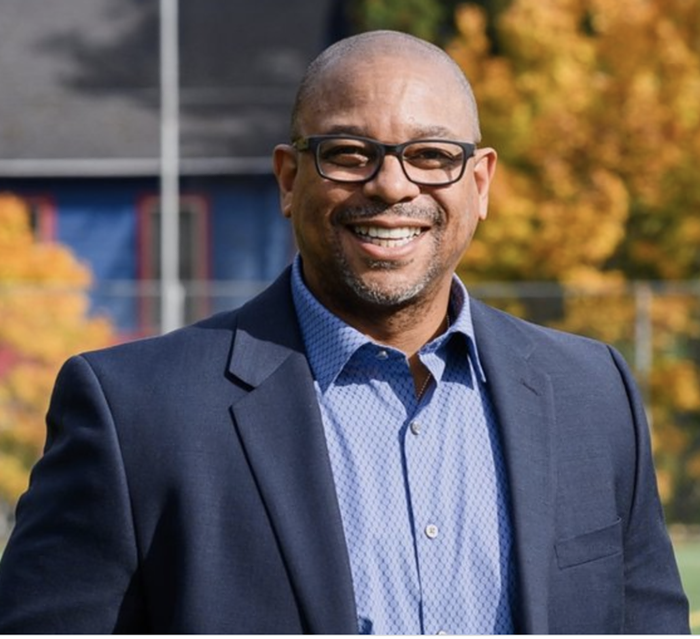
Rebecca Carroll didn’t meet another Black person in her tiny, rural New Hampshire town until she was eight years old.
Carroll, a Black woman who was adopted by an all-white family as a child, remembers the experience vividly in her new memoir Surviving the White Gaze, which recounts her time as a child and young adult being the only Black person in mostly white spaces.
The first Black person Carroll remembers seeing in real life—rather than on her family’s black-and-white TV set—was her ballet teacher, Mrs. Rowland. When Carroll first meets Mrs. Rowland, she can hardly believe she’s real and not a TV character.
“I studied with Mrs. Rowland for five years, and often in her company, I felt small pangs of fragile awareness regarding who I might be, what my skin color might mean,” Carroll writes. “There were days when I wanted to be, or believed I was, Black just like Mrs. Rowland, but it also seemed as though I would have to give something up in order for that to remain true. Cocooned within a whiteness where my brown skin was mocha-colored, I spoke with an inflection similar to that of my white brother and sister, and my adult guardians were welcomed and centered wherever we went. I was being ushered through my life via the powerful passport of white privilege.”
This is the core theme of Surviving the White Gaze: As Carroll grows up, her fraught relationship with whiteness is interrupted through a series of elucidating encounters with Blackness—something she skirts around the edges of at first, before seeking it out as she matures. Further complicating matters is her conditional relationship with her white birth mother, who enters her life at 11 years old and attempts to control Carroll’s identity, insisting she isn’t really Black.
Carroll’s life story makes for an engrossing memoir, with intimate insights into life as an adoptee and a person who is constantly otherized on every page. As Carroll reaches young adulthood and finally emerges herself in her racial identity—reveling in it rather than running from it—the reader is invested enough to share her sense of triumph. The same is true when she learns how to interact with her birth and adopted parents on her own terms.
But that isn’t to say the book is centered around a few “aha!” moments. Rather, it hews closer to how real life unfolds, gradually charting Carrolls’ growth over years’ and chapters’ worth of remembrances.
In college, Carroll discovers Black women writers like Toni Morrison, Zora Neale Hurston, and Alice Walker. “Their words and worlds, and the structure and grace across every page, felt biblical and made my insides churn and my mind explode, she writes. “It was guzzling love, fast and warm and sweet in my heart.”
Finding inspiration from these heroines, Carroll goes on to write and publish several of her own books, and writes for magazines like Elle and Mother Jones. In Surviving the White Gaze, she recounts an interview with writer and poet Ntozake Shange, author of For Colored Girls Who Have Considered Suicide / When the Rainbow Is Enough.
“I write for young girls of color, for girls who don’t even exist yet, so that there is something there for them when they arrive,” Carroll remembers Shange telling her. It isn’t a stretch to say Carroll has done the same with this memoir, particularly for people who, like her, don’t grow up seeing their own experiences reflected back to them.
Rebecca Carroll will discuss Surviving the White Gaze with Desus Nice of Desus & Mero in a free virtual event hosted by Powell’s Books this Thursday (Feb. 11) at 5 pm. You can register in advance here, and buy the book here.















